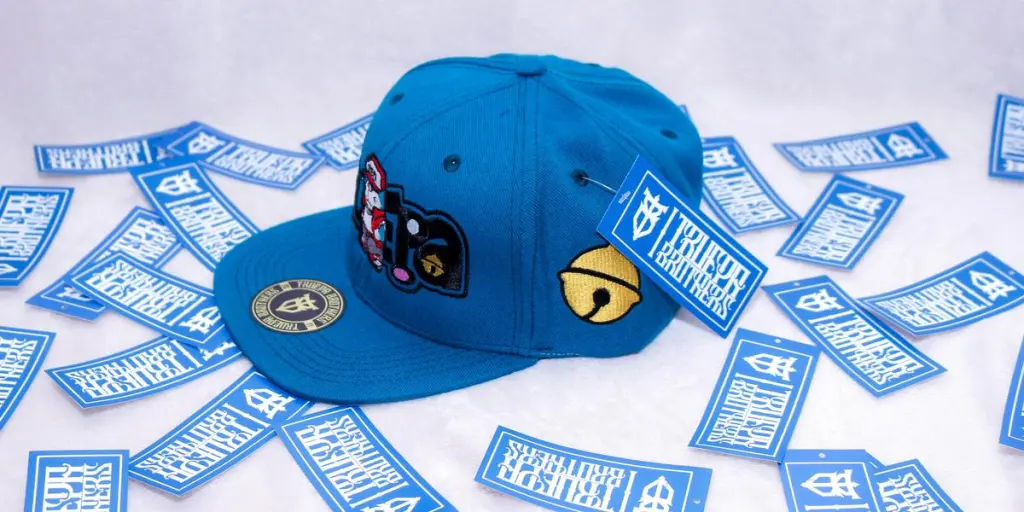Cap stickers have emerged as a popular trend in the apparel and accessory industry, offering a unique way for individuals to personalize and enhance their headwear. This article delves into the rise of cap stickers, the key market players influencing this trend, and the consumer demographics and preferences shaping the market.
Table of Contents:
Market Overview
The Rise of Cap Stickers in the Apparel Industry
Key Market Players and Their Influence
Consumer Demographics and Preferences
Innovative Designs and Materials
Exploring Unique Sticker Designs
The Role of High-Quality Materials in Cap Stickers
Customization Trends and Personalization
Functionality and Features
Durability and Longevity of Cap Stickers
Easy Application and Removal Techniques
Enhancing Cap Aesthetics and Branding
Cultural Influence and Heritage
The Impact of Streetwear Culture on Cap Stickers
Regional Trends and Cultural Significance
Heritage and Traditional Elements in Modern Designs
Conclusion
Market Overview
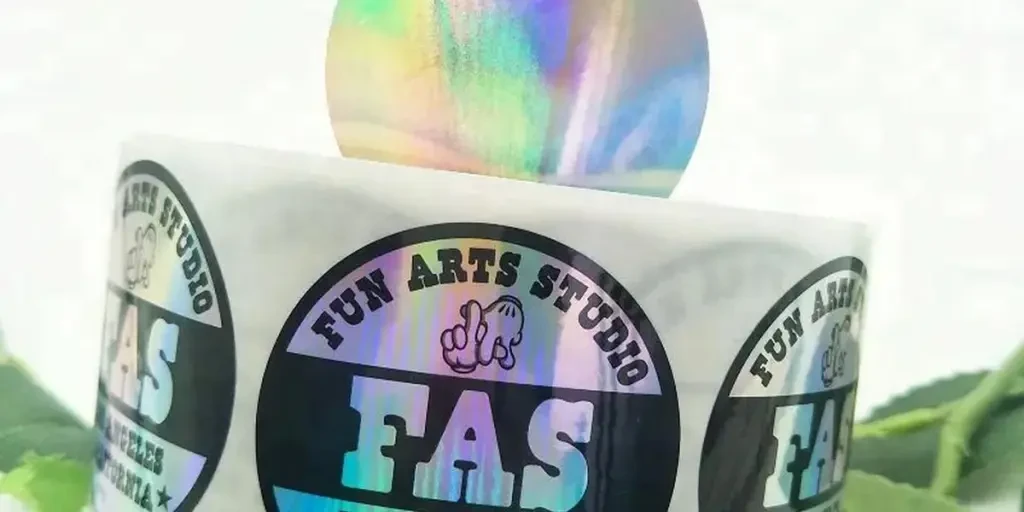
The Rise of Cap Stickers in the Apparel Industry
Cap stickers have gained significant traction in the apparel industry, becoming a must-have accessory for fashion enthusiasts and casual wearers alike. The trend can be attributed to the growing demand for customization and personalization in fashion. According to a report by Research and Markets, the global sticker printer market, which includes cap stickers, is experiencing notable growth due to the increasing demand for label printing in various industries, including apparel.
The rise of cap stickers is also linked to the influence of streetwear culture, which emphasizes individuality and self-expression. Brands like Supreme and Off-White have popularized the use of stickers on caps, making them a staple in urban fashion. Additionally, the integration of advanced printing technologies has enabled the production of high-quality, durable stickers that can withstand daily wear and tear.
Key Market Players and Their Influence
Several key players in the apparel and accessory industry have played a pivotal role in the rise of cap stickers. Companies like New Era, a leading headwear brand, have embraced the trend by offering customizable cap stickers as part of their product line. New Era’s collaboration with popular sports teams and fashion brands has further boosted the popularity of cap stickers.
Another influential player is Sticker Mule, a company specializing in custom stickers and decals. Sticker Mule’s user-friendly online platform allows customers to design and order personalized cap stickers, catering to the growing demand for unique and customized accessories. The company’s focus on high-quality materials and innovative printing techniques has set a benchmark in the industry.
Moreover, the influence of social media cannot be overlooked. Platforms like Instagram and TikTok have become powerful tools for brands and influencers to showcase their cap sticker designs, driving consumer interest and engagement. The viral nature of social media trends has significantly contributed to the widespread adoption of cap stickers.
Consumer Demographics and Preferences
The consumer base for cap stickers is diverse, spanning various age groups and demographics. However, certain trends and preferences have emerged, shaping the market dynamics.
Young adults and teenagers are the primary consumers of cap stickers, driven by their desire for self-expression and individuality. According to a report by WGSN, customization and personalization have seen an 8% year-over-year increase, with cap stickers being a popular choice among this demographic. The trend is particularly strong among urban youth, who are influenced by streetwear culture and social media trends.
In addition to younger consumers, cap stickers have also found a market among sports enthusiasts and fans. Customizable stickers featuring team logos and player names allow fans to show their support and loyalty. This trend is supported by data from the World Economic Forum, which reported that the PC gaming industry, closely related to sports and entertainment, generated around $35.2 billion in revenue in 2022, reflecting a growing interest in personalized merchandise.
Furthermore, the demand for eco-friendly and sustainable products has influenced consumer preferences. Brands that offer biodegradable and recyclable cap stickers are gaining traction among environmentally conscious consumers. This shift towards sustainability is in line with the broader trend in the apparel industry, where consumers are increasingly prioritizing eco-friendly options.
Innovative Designs and Materials
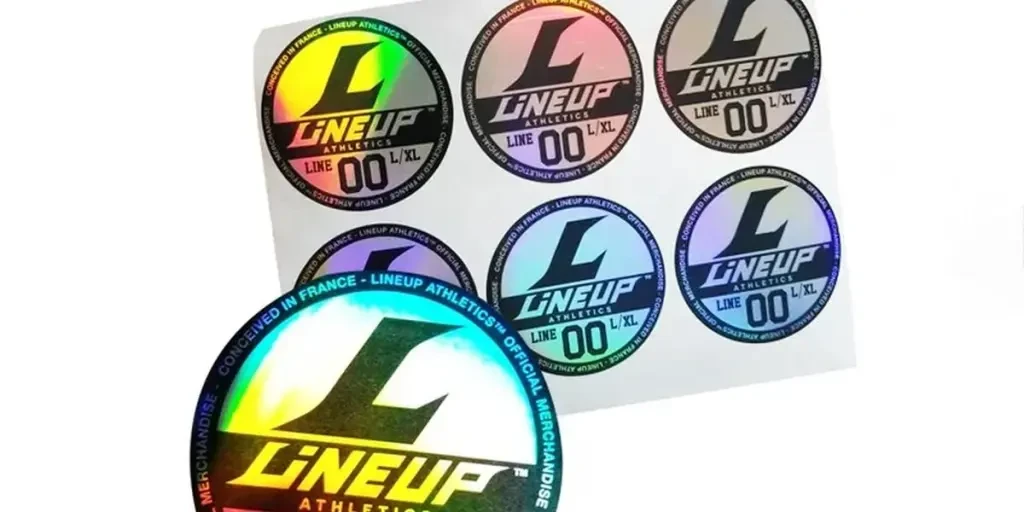
Exploring Unique Sticker Designs
Cap stickers have evolved significantly over the years, with brands continuously pushing the boundaries of creativity. Unique sticker designs are now a hallmark of modern cap aesthetics, offering a blend of artistic expression and brand identity. According to a professional report, brands are increasingly using small labels to incorporate branding, slogans, and graphics into basic items. This trend is evident in the cap sticker market, where intricate designs and innovative graphics are becoming more prevalent. For instance, the use of woven graphic labels as an alternative to printed designs provides a more sophisticated look, appealing to minimalist consumers who prefer subtle yet impactful branding.
The Role of High-Quality Materials in Cap Stickers
The quality of materials used in cap stickers plays a crucial role in their overall appeal and durability. High-quality materials not only enhance the visual appeal of the stickers but also ensure their longevity. A professional report highlights the importance of using natural, water-based, and biodegradable pigments that age well, helping to prolong the product’s lifecycle and retaining resale value. This approach aligns with the growing consumer demand for sustainable and eco-friendly products. Additionally, the use of certified GOTS, BCI, and Fairtrade cotton in the production of cap stickers ensures comfort and breathability, making them suitable for various climates and conditions.
Customization Trends and Personalization
Customization and personalization have become significant trends in the cap sticker market. Consumers are increasingly seeking unique and personalized products that reflect their individual style and preferences. This trend is driven by the desire for self-expression and the need to stand out in a crowded market. Brands are responding to this demand by offering customizable cap stickers that allow consumers to choose their designs, colors, and materials. This level of personalization not only enhances the consumer experience but also fosters brand loyalty and engagement.
Functionality and Features
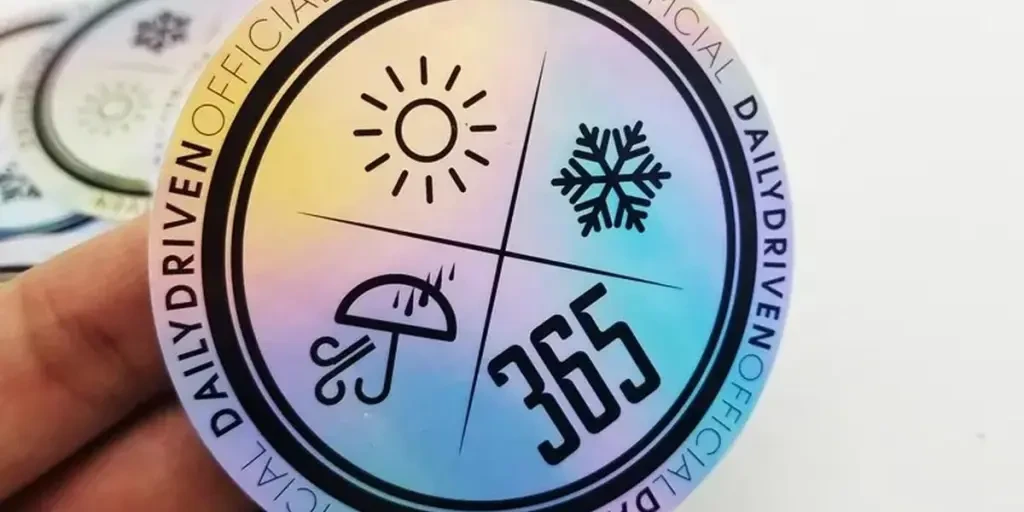
Durability and Longevity of Cap Stickers
Durability is a key feature of high-quality cap stickers. Consumers expect their stickers to withstand daily wear and tear, as well as exposure to various environmental conditions. Designing for longevity and repair is essential to ensure the product’s usefulness over time. This involves using durable materials and incorporating reinforcement details where the item is likely to wear. Additionally, the use of biopolymer-based microcapsules that are biodegradable can enhance the durability of cap stickers while promoting sustainability.
Easy Application and Removal Techniques
The ease of application and removal is another important aspect of cap stickers. Consumers prefer stickers that can be easily applied without causing damage to the cap and removed without leaving any residue. Innovative techniques, such as the use of mono-material and disassembly solutions, can increase the recyclability of cap stickers and make them more user-friendly. Investing in techniques that cater to the demand for subtle designs can also enhance the overall user experience.
Enhancing Cap Aesthetics and Branding
Cap stickers play a significant role in enhancing the aesthetics and branding of caps. They serve as a canvas for artistic expression and brand identity, allowing brands to communicate their message effectively. The use of tactile and monogram designs, as reported by a professional report, can create a sense of low-key luxury and appeal to consumers who prefer understated elegance. Additionally, the incorporation of NFC chips in branded labels, as seen in Mntge’s (US) cap stickers, can provide digital receipts and product information, adding a layer of functionality and interactivity to the product.
Cultural Influence and Heritage
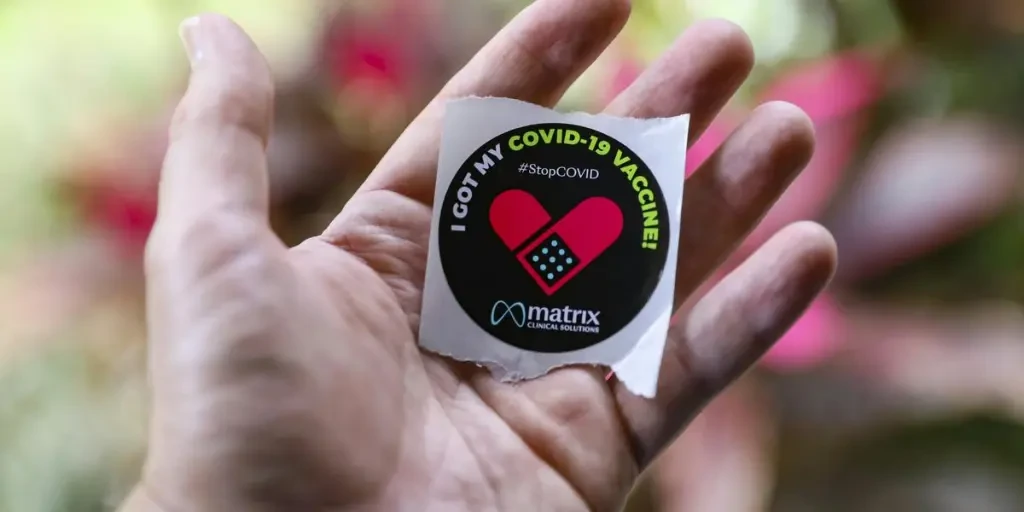
The Impact of Streetwear Culture on Cap Stickers
Streetwear culture has had a profound impact on the design and popularity of cap stickers. This cultural movement, characterized by its emphasis on individuality and self-expression, has influenced the aesthetics of cap stickers, making them a staple in streetwear fashion. The rise of streetwear brands and collaborations with artists and designers has led to the creation of unique and edgy cap stickers that resonate with the youth and urban communities. The preference for plains over bold prints and graphics is shifting towards a rise in #NotSoQuietBranding and tactile #Monogram, reflecting the evolving trends in streetwear culture.
Regional Trends and Cultural Significance
Regional trends and cultural significance also play a crucial role in the design and appeal of cap stickers. Different regions have distinct cultural elements that influence consumer preferences and design aesthetics. For instance, the use of traditional motifs and patterns in cap stickers can reflect the cultural heritage of a particular region, adding a layer of authenticity and uniqueness to the product.
Heritage and Traditional Elements in Modern Designs
Incorporating heritage and traditional elements in modern cap sticker designs can create a sense of nostalgia and cultural pride. This approach not only preserves traditional craftsmanship but also adds a unique and timeless appeal to the product. For example, the use of artisanal cross-stitch, embroideries, and blanket stitching in cap stickers can highlight a quaint Nonna-inspired aesthetic, as reported by a professional report. Additionally, the use of natural and ecologically sourced materials, such as GOTS organic cotton, traceable linen, and hemp, can enhance the sustainability and authenticity of the product.
Conclusion
The cap sticker market is witnessing a dynamic evolution, driven by innovative designs, high-quality materials, and cultural influences. As brands continue to explore new trends and techniques, the future of cap stickers looks promising, with a focus on sustainability, personalization, and cultural heritage. Embracing these trends will not only enhance the appeal of cap stickers but also foster a deeper connection with consumers, paving the way for a vibrant and diverse market.
